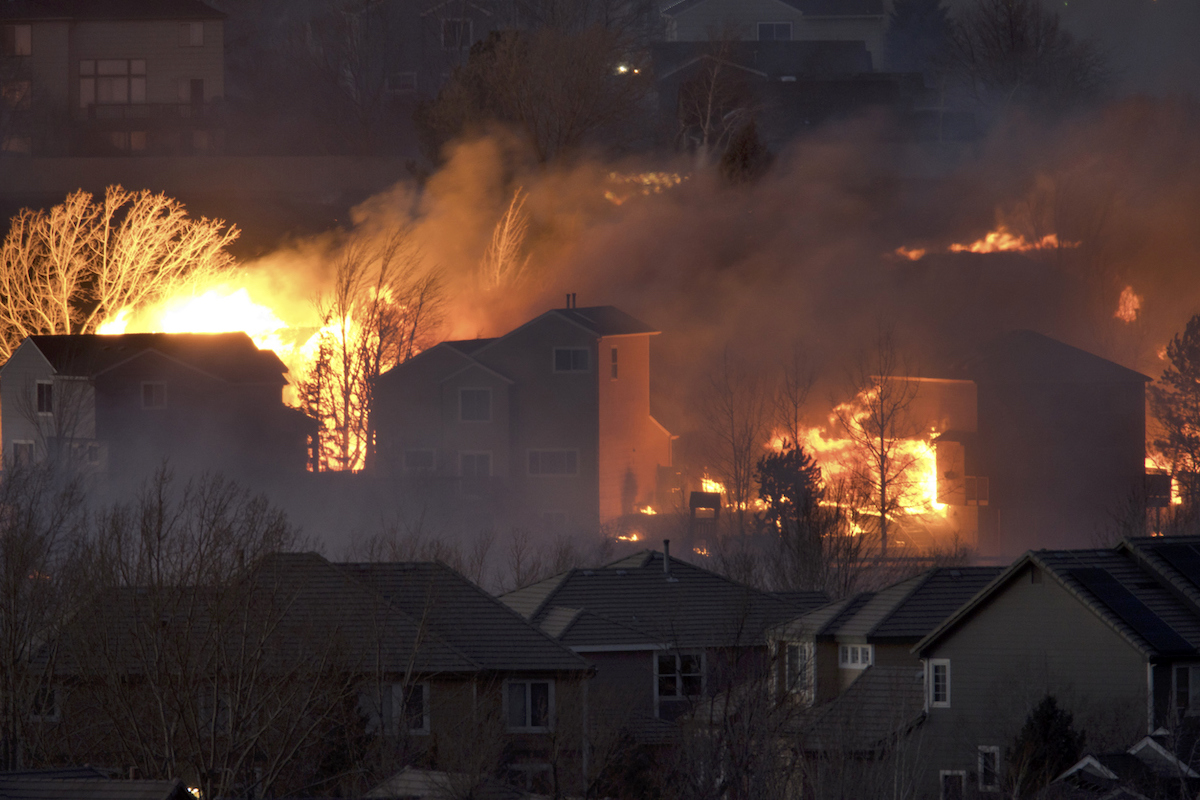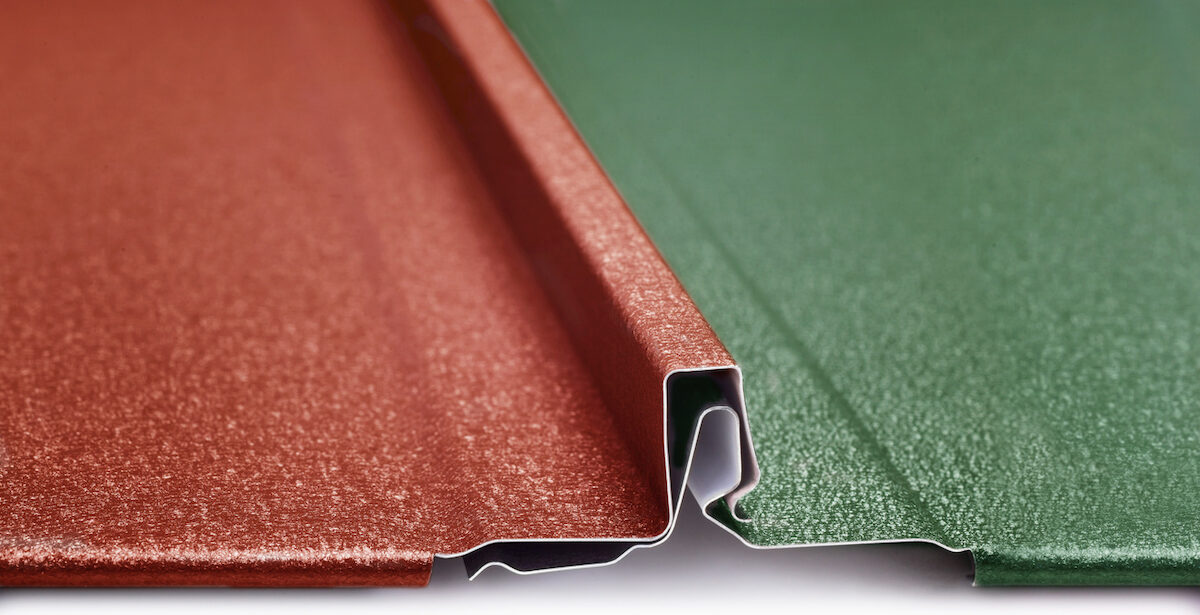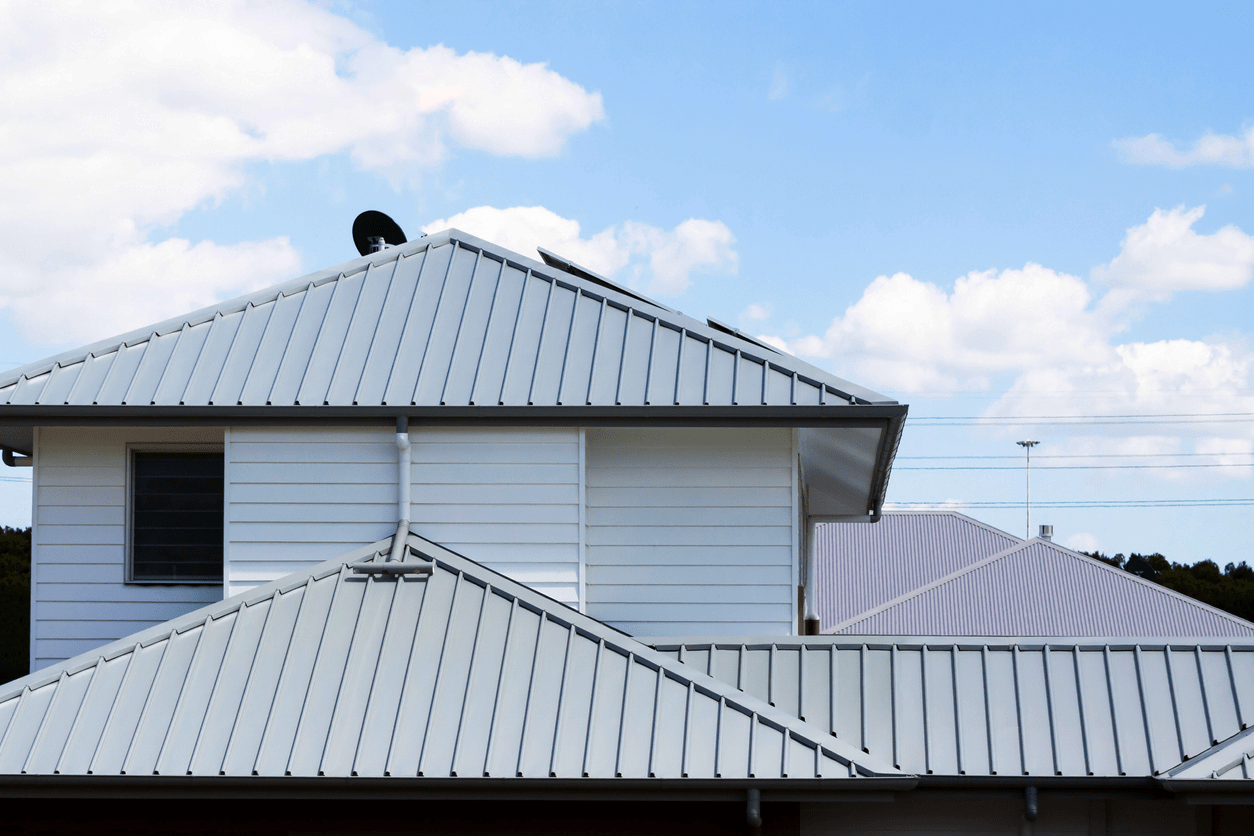

We may earn revenue from the products available on this page and participate in affiliate programs. Learn More ›
During recent wildfires in Lahaina, Hawaii, a single home stood intact amidst widespread ruin, becoming known as the “Lahaina Miracle House.” Its survival has raised questions about how homeowners can better prepare for unpredictable threats.
We spoke to experts about why this one particular home was able to survive, and the architectural and landscaping decisions that homeowners can make to fortify their own homes from the threat of wildfires.
As devastating wildfires become increasingly prevalent across the country, it has become clear that more of us need to consider how we protect our homes from this type of natural disaster.
Metal roofing provides protection against fire.
The primary factor that experts—and the owners of the Lahaina Miracle House—attribute to its survival was its metal roof. Scott Allen, co-founder and licensed insurance agent at Seniors Life Insurance Finder explains why: “When it comes to home wildfire safety, there aren’t many surefire ways to ensure a house will remain unscathed. But experts have been touting metal roofs as one of the only real preventative measures that can be taken.”
Allen says that metal provides the highest level of fire protection and has a Class A fire rating, ensuring the material remains unburnt, even under direct flames. In addition, Craig Young, vice president of Roof Doctors, says that metal roofs “are also highly reflective, which can help to deflect radiant heat from a fire.”
However, different types of metal roofs can vary in their fire safety. Allen says that “aluminum and zinc alloy roofs are known to be more fire-resistant than galvanized steel or copper.” Young emphasizes that “no type of metal roofing is completely fireproof. However, metal roofs are significantly more fire-resistant than other roofing materials.”
Ivan O’Neill, co-founder and CEO of Madronus Wildfire Defense, says that metal isn’t the only roofing material with Class A fire ratings. He says that asphalt shingle roofs, as well as clay, concrete tile, TPO, and built-up roofs, can all achieve the same rating. He does warn that “wood roofing materials, including flame retardant-treated cedar shake roofs, and corrugated plastic panels are not able to achieve a Class A fire rating.”

The installation method is a big factor.
The way the metal roof panels are installed can have a major impact on the fire resistance of a given material. “Standing seam metal roofs, for example, are less likely to be damaged by fire due to the way they lock together and create a continuous sheet of metal,” says Allen.
O’Neill explains that while the Lahaina Miracle House “had a standing seam metal roof, more common and less expensive asphalt shingle roofs can also be Class A fire-rated.”
But protection doesn’t stop at roofing. Allen suggests homeowners also consider “installing fire-resistant windows, doors, and shutters to prevent embers and heat from entering the home.”
Landscaping also plays a role in a home’s fire resistance.
While metal roofs can certainly have an impact when it comes to fire safety, David McCullough, principal landscape architect at McCullough Landscape Architecture, underscores the importance of ground-level defenses. He says that the homeowner’s decision to landscape the immediate perimeter of the home—referred to as zone one—with river stones instead of plants made a significant difference. He adds that “while no one can truly know all the reasons this home survived while others burned, the lack of closely-set bushes or shrubs to act as kindling was likely critical to its survival.”
Yet, this approach isn’t solely reserved for homes in wildfire-prone areas. McCullough explains: “While it may seem counterintuitive to residents of the lush, green central and eastern parts of the country to skip the traditional approach of planting flowers, shrubs, and trees closely around a home, a different tactic is advisable in potential fire zones.”
McCullough suggests minimal or low-growing plant material nearest to the home. In zone two, moving further away from the home, plants should be spaced farther apart to minimize fire spread. He suggests only planting trees in zone three, and opting for those with fire-resistant properties.

Installing a metal roof could lower insurance costs.
Beyond the immediate protection from fires, homeowners may find additional financial benefits with metal roofing. According to Allen, in certain wildfire-prone regions, a metal roof could lead to lower insurance premiums, as insurers frequently offer discounts for homes fitted with fireproof roofs.
Brian Tausan, an insurance agent with Country Financial in Denver, Colorado, worked with victims of the devastating Marshall Fire that took place in 2021. “A new high-quality fire-resistant roof could equate to significant premium savings,” says Tausan. He recommends speaking to your insurance provider to see which discounts you may qualify for.
O’Neill says that recent changes in California’s regulations underline the state’s proactive approach to combating wildfires, explaining that insurers in the state are now required to offer premium reductions for structures boasting Class A fire-rated roofs.
